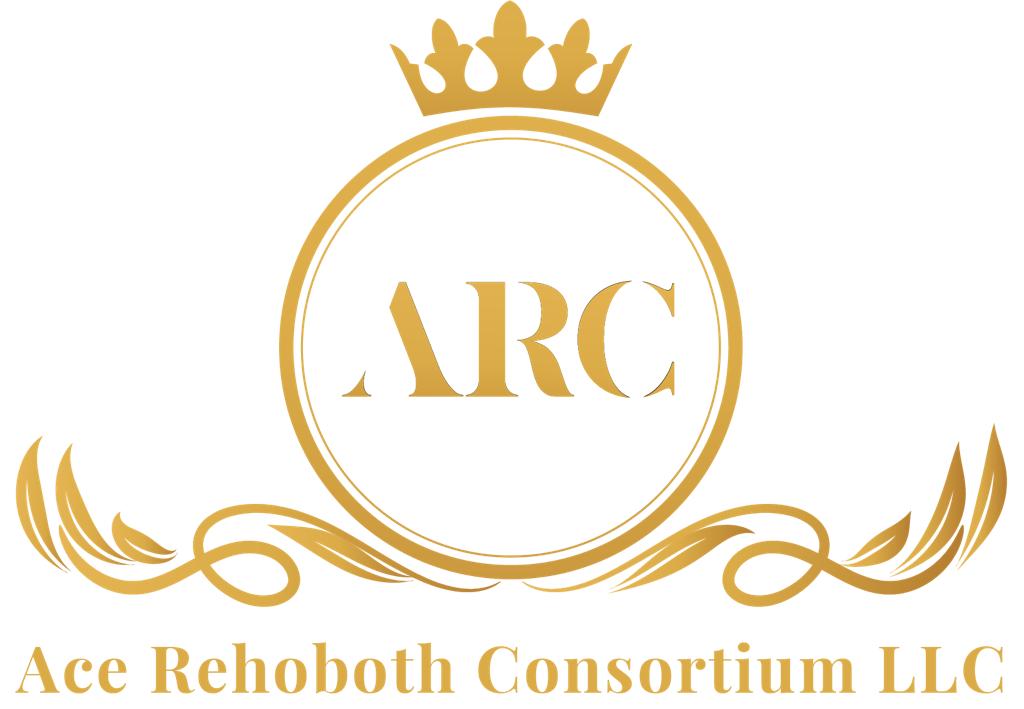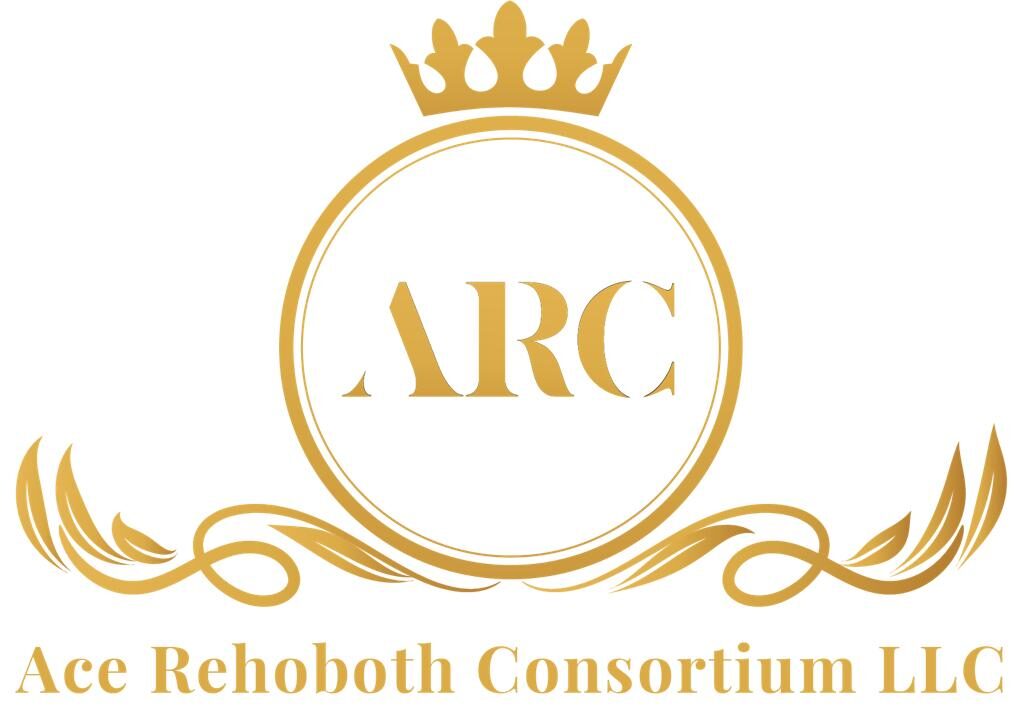The dream of a comfortable retirement is one nearly everyone shares. But beyond just dreaming, what if there was a way to ensure your golden years are comfortable and largely unaffected by the looming shadow of taxation? Welcome to the world of tax free retirement. While it may sound too good to be true, with strategic planning and an understanding of the tools available, it’s more attainable than you might think. This guide is designed to walk you through the intricacies of building wealth efficiently, ensuring that when you hang up your boots, you do so with the peace of mind that taxes won’t nibble away your financial nest egg. Dive in to discover the strategies, accounts, and tips that can lead you toward a tax free retirement and let your hard-earned money serve you when you need it the most.
Understanding the Tax Landscape in Retirement
Planning for a comfortable retirement involves more than just saving; it requires a deep understanding of the tax implications of various retirement vehicles. As you map out your golden years, one term you’ll likely encounter is tax free retirement. This phrase represents the goal of maximizing your savings while minimizing the tax bite on your nest egg. Central to this concept is understanding the difference between tax-deferred accounts like traditional IRAs and tax-free accounts like Roth IRAs. In tax-deferred accounts, you enjoy immediate tax benefits on contributions but pay taxes upon withdrawal. On the other hand, after being funded with post-tax dollars, tax-free accounts allow for tax-free growth and withdrawals.
Moreover, as you navigate retirement, you must know estate planning tools, such as wills and trusts. These instruments can further protect your assets, ensuring they’re distributed according to your wishes while potentially providing additional tax benefits. Achieving a tax free retirement is about optimizing the mix of your assets, understanding the associated tax implications, and using tools like wills and trusts to ensure the fruits of your labor benefit you and your loved ones in the most tax-efficient manner.
Roth Accounts: The Foundation of Tax-Free Retirement
Roth IRAs and Roth 401(k)s should be a cornerstone of your tax free retirement plan. Unlike their traditional counterparts, these accounts require you to pay taxes on your contributions. However, in exchange, you enjoy tax-free growth and withdrawals.
- Eligibility: Not everyone can contribute to a Roth IRA due to income limits, but Roth 401(k)s, offered by employers, don’t have such restrictions.
- Conversions: Consider Roth conversions if you have substantial savings in traditional accounts. This involves paying taxes now to enjoy tax-free withdrawals later.
Health Savings Accounts (HSAs): The Secret Weapon
Many overlook HSAs as a tool for tax free retirement, but they offer triple tax benefits. Your contributions are tax-deductible, the money grows tax-free, and withdrawals for qualified medical expenses are also tax-free.
- Retirement Flexibility: After the age of 65, you can withdraw HSA funds for non-medical purposes, paying only the income tax, making it akin to a traditional IRA. However, for medical expenses, it remains tax-free.
Taxable Investment Accounts (Strategic Planning)
Investment accounts come in various types, each designed to cater to different financial needs. However, when discussing future financial security, a primary concern for many is minimizing taxes during retirement. A common misconception is that only tax-advantaged accounts, like IRAs and 401(k)s, can contribute to a tax-free retirement. While these accounts are invaluable, taxable investment accounts can also play a significant role in your quest for a tax-free retirement when strategically planned.
Unlike their tax-advantaged counterparts, taxable investment accounts do not have upfront tax benefits. This means you contribute post-tax money, and when you realize gains, either through selling a profitable asset or receiving dividends, you’re required to pay taxes on those gains. But with proper planning, these accounts offer flexibility and opportunities that can make them powerful allies in your pursuit of a tax-free retirement.
- Holding Period Strategy: One of the biggest advantages of taxable accounts is the long-term capital gains tax. If you hold an investment for over a year before selling, you pay taxes at this usually lower rate. Strategically holding assets longer can significantly reduce your tax burden in retirement.
- Tax-Efficient Investments: Not all investments are tax-equal. Index funds and ETFs, for instance, tend to be more tax-efficient than actively managed funds. This is because they typically have less turnover, which can trigger fewer taxable events. Prioritizing these in taxable accounts while keeping less tax-efficient investments in tax-advantaged accounts can be a wise move.
- Tax-Loss Harvesting: This strategy involves selling investments that have declined in value to offset gains in others, reducing your taxable income. This move can help manage your tax liability and, over time, can contribute significantly to a tax-free retirement.
- Diversification of Income Streams: In retirement, having multiple sources of income gives you the flexibility to draw from the most tax-efficient source, depending on the situation. Taxable accounts can serve as a reservoir for unexpected expenses, allowing your tax-advantaged accounts to grow.
- Estate Planning Benefits: Taxable accounts do not have the same distribution requirements as IRAs or 401(k)s. This means they can be passed to heirs on a stepped-up basis, potentially erasing any capital gains and offering tax benefits to your loved ones.
To truly aim for a tax-free retirement, one must utilize every tool available. While taxable investment accounts may not offer the immediate tax benefits of their advantaged counterparts, their strategic use can significantly shape your retirement landscape. Incorporating them into a comprehensive financial plan ensures that every dollar is optimized for your tax-free retirement goal.
Conclusion
In this guide, we’ve delved deep into the strategies that can pave the way for a secure, tax-free retirement. Our financial journey is often littered with potential pitfalls, but by harnessing the principles of entrepreneurship development, we can create multiple income streams and bolster our financial fortitude. Moreover, partnering with a reliable financial brokerage ensures investments are strategically positioned for maximum growth with minimal tax implications. The key takeaway? A tax-free retirement isn’t just a dream; it’s a tangible goal. With informed decisions, proactive measures, and embracing the spirit of entrepreneurship development, we can navigate the complexities of the financial world and lay the foundation for a retirement where wealth thrives unhindered by tax burdens. Whether you’re just starting on your financial journey or looking to optimize your existing portfolio, remember this: with the right guidance and strategies, a tax-free retirement is within your reach.

